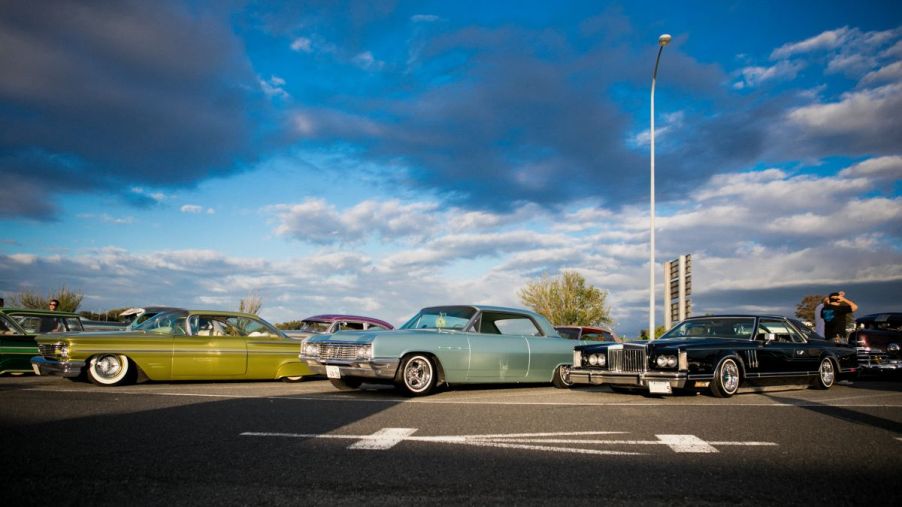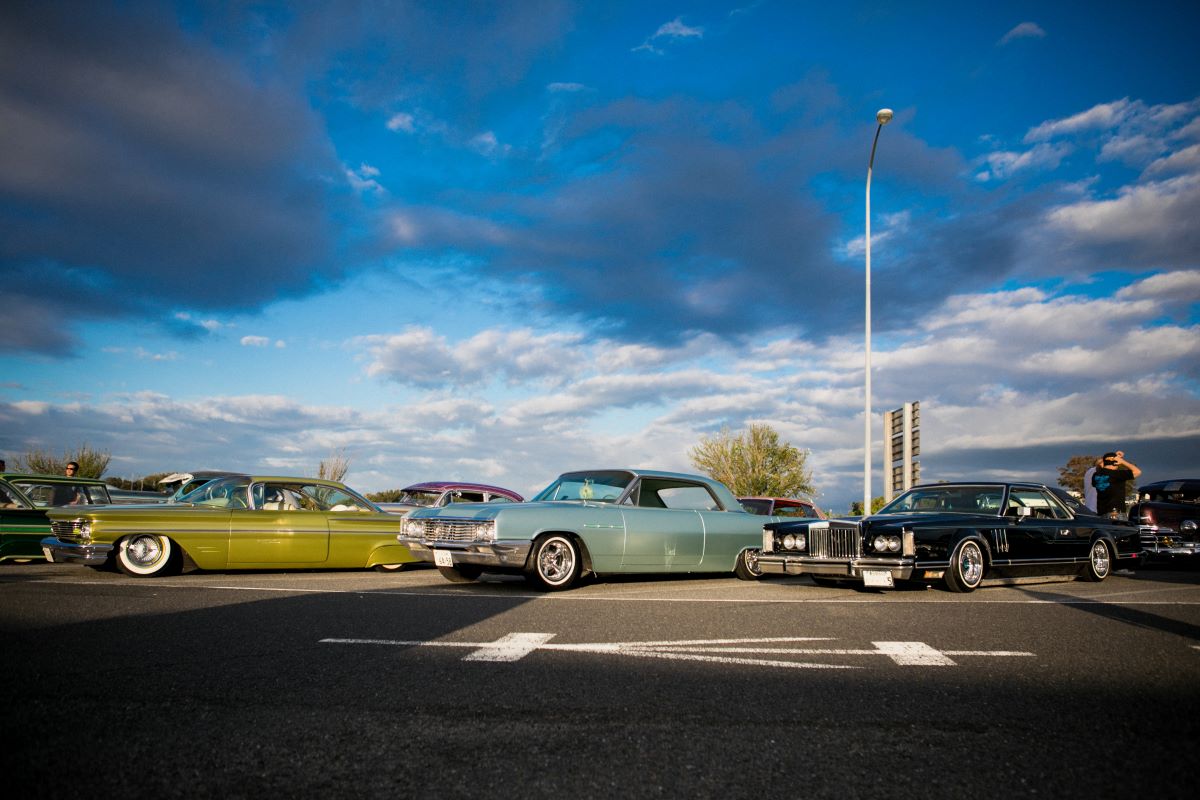
What Is a Lowrider?
Lowriders are a unique type of car that has become a staple of car culture, especially in the United States. Their eye-catching designs and customizations have made them popular among car enthusiasts, and many drivers have likely seen them cruising down the street. So, what exactly qualifies as a lowrider, and what is the history behind this iconic style of car?
The early history of lowriders

The roots of lowriding can be traced back to the Chicano community in Los Angeles in the mid-20th century. Mexican American youths would lower their cars to give them a sleek, streamlined look and make maneuvering and parking in the city’s narrow streets easier. This style eventually evolved into the elaborate, custom-built lowriders we see today.
Let’s define the term “lowrider” and what it refers to
Merriam-Webster defines a lowrider as a customized car with a chassis that has been lowered so that it narrowly clears the ground.
The term “lowrider” usually refers to a customized car lowered significantly from its original height, often to just a few inches off the ground. Lowriders typically feature hydraulics or air suspension systems that allow the driver to adjust the car’s height while driving, giving it a distinctive bouncing motion. They are also known for their custom paint jobs, often featuring intricate designs and bright colors, as well as other modifications such as custom rims, sound systems, and interior upholstery.
Some of the problems with lowriders
While lowriders have become an important part of car culture and a source of pride for many enthusiasts, they also have some drawbacks. The cost to modify a car into a lowrider can be substantial, and the customization can make it more challenging to drive, affecting speed, steering, and other factors. Additionally, some states and cities have laws restricting certain modifications, such as hydraulics, and owners may face legal issues if they are not in compliance.
Lowriders can also have difficulty navigating speed bumps and other obstacles on the road, which can be a safety concern. According to HowStuffWorks, “Rough roads and speed bumps are particularly hard on lowriders, unless the car has a height adjustable suspension. A car with a lowered suspension (or an adjustable suspension in the lowered position) doesn’t have the space the suspension needs to move when it encounters a bump or dip in the road.” Nonetheless, lowriders remain an iconic part of car culture, and enthusiasts continue to modify and customize their cars in new and creative ways.
Lowriders – a rich history and unique car culture
Lowriders have become a symbol of cultural identity, artistic expression, and creativity. These cars have a fascinating history and are a unique form of customization. While undoubtedly striking and impressive, owning a lowrider can come with significant challenges. Understanding the legal and financial implications of owning a lowrider before investing in one is essential.




